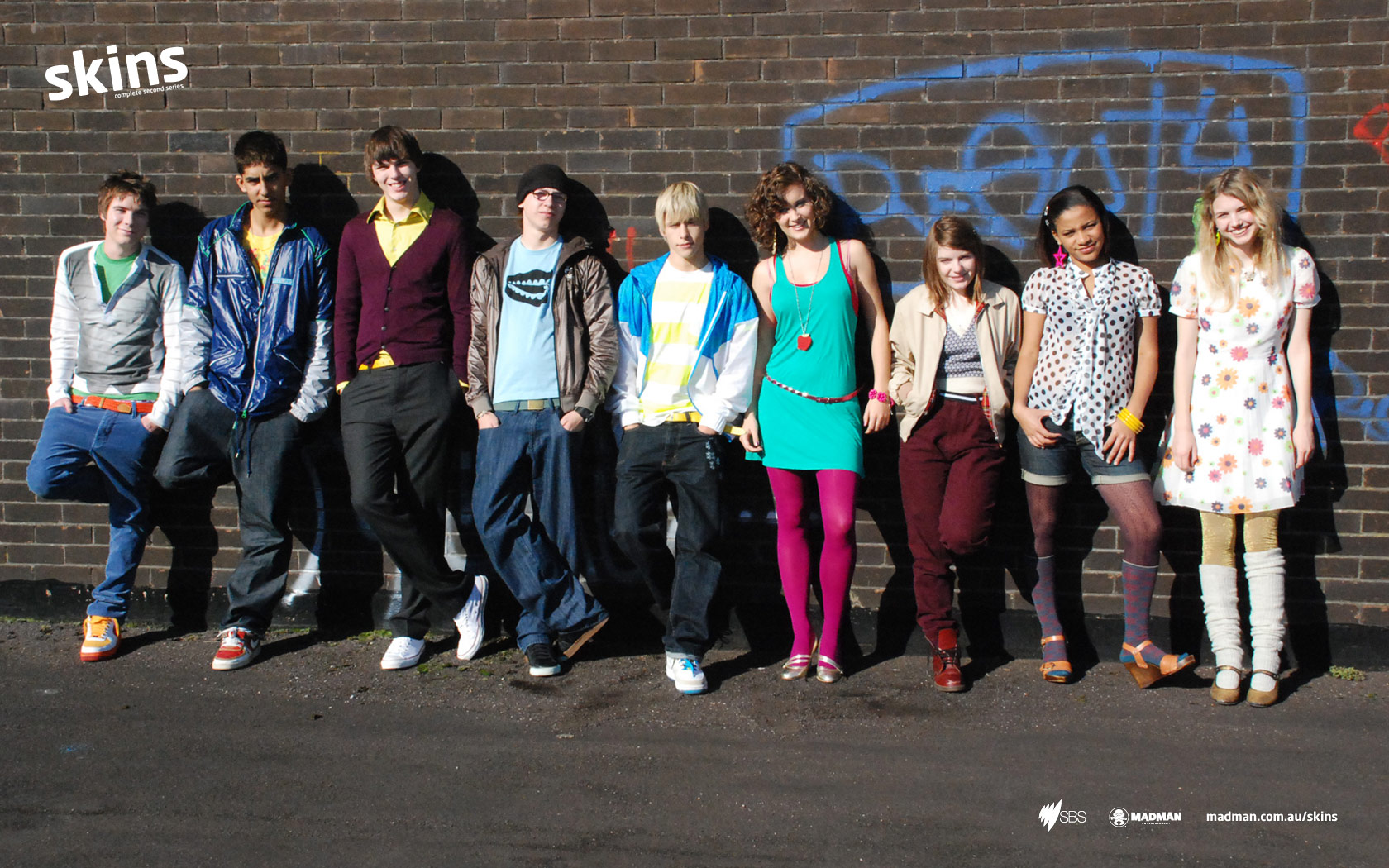The time to knuckle down on our final projects has arrived! The other week we formed groups and Squadron was born, featuring Bonnie, Sarah, Jackson, Alex and myself.
I think it’s interesting that in this subject the aim of our final piece is ironically not to complete something final. Our tutors are less concerned about seeing a complete and perfected short film, but are more interested in our processes of production. I think this approach is valuable as we can really focus on developing our skills and knowledge of writing and filming, and not be held back by the need to complete something whole. This class is all about experimentation and challenging the conventional means of production and film tuition, after all.
It does present a challenge however as an undefined brief grants endless options. However, our group deemed it was important to be realistic in terms of resources, time and funds. We hope to produce something of a high quality, but understand that in order to do this we must not bite off more than we could chew. Thus, we thought it would be a good idea to start off our brainstorm as a group with resources in mind.
I suggested that we film in my hometown, Warrandyte, as it is very visually aesthetic with its vast bushland, trees and greenery. Alex then mentioned that she had an actress friend who was willing to participate. These formed a solid basis for the development of our project.
With a foundation in place, we decided that we would produce a sequence of suspenseful/thriller-esque scenes. From these, we intend to take the highlights from the footage and cut them into a trailer for our ‘film.’ We went away from this meeting with the task of writing prose for four unique scenes to meet these constraints, of which we would compare and determine which would be the strongest/most achievable.
Here’s what I came up with:
- Emily walks along river with fiancé Damien. They talk about simple things like how their day was, what to cook for dinner. Emily is quiet and distracted as she is having doubts about their future together.
- Emily goes for a run to clear her head – internal monologue may run, questioning her relationship. Exhausted and emotional, she decides to take a new route through the state park. She asks a passing male bushwalker if this cuts her through to where she needs to be – he says yes.
- Emily wakes up on the forest floor covered by a blanket, unknowing of what has happened and confused by how she got there. She sees the same bushwalker sitting on a log across from her, drinking from a thermos. Scrambling to her feet in fright, Emily questions him what is going on. He ‘reassures’ her that everything is okay, that he wants to look after her. He refuses to let her leave.
- Emily is still being held captive in the bush. Bushwalker is in the distance gathering wood. Emily sees the flickering light from torches and hears footsteps, followed by her name being called. It is Damien. Bushwalker claims he’ll “take care of it” and goes after him. Emily screams and runs after him.
In our next group meeting, we will discuss all group members’ written prose and the strengths and weaknesses of each. This will then lead us to fairly agree on one (or a combination, assuming that they mesh) story concept that we are all happy with. Stay tuned for more production updates – exciting things to come!

